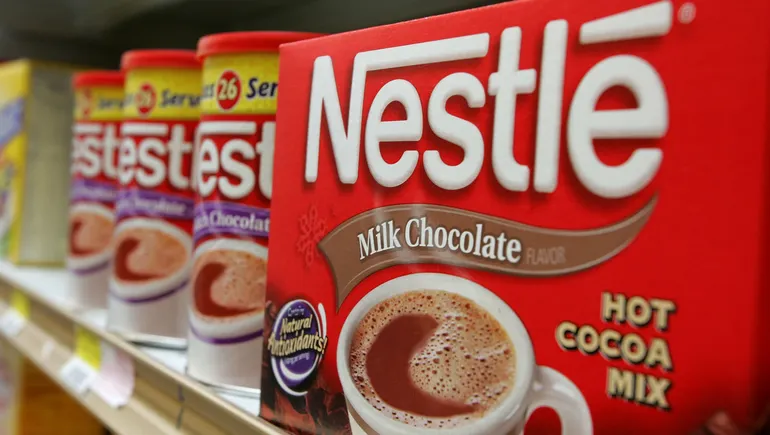Dive Brief:
- Nestlé said Thursday it will cut 16,000 jobs during the next two years as the packaged food giant reduces costs to accelerate a turnaround of its business. The reduction represents about 6% of the company’s 277,000 global workforce.
- The Nespresso and Hot Pockets maker also increased its cost savings target, aiming to trim 3 billion Swiss francs, or $3.8 billion, in expenses by the end of 2027 from the company’s previous goal of $3.14 billion.
- The moves by Nestlé indicate newly appointed CEO Philipp Navratil plans to continue efforts started by his predecessor to rightsize the sprawling food and beverage company that has been embroiled by executive turmoil and challenges to its business in recent years.
Dive Insight:
While Nestlé has been undertaking efforts to improve its operations, the company’s top executive said in a statement that the world’s largest food maker “needs to change faster.”
In a call with investors, Navratil acknowledged that “Nestlé has not been the most efficient company in the past.” As part of its transformation, the food giant plans to prioritize automation to enable faster decision making.
“The announcement we have done today on headcount is really [to] become an agile company, a company that takes decisions fast, a company that drives impact and a company that leverages its scale,” Navratil said.
The job cuts will include 12,000 corporate workers across functions and geographies. Another 4,000 people will come from staffing reductions in manufacturing and supply chain.
Nestlé intends to be “ruthless in assessing our talent,” Navratil said, adding the company plans on measuring leaders and employees alike on certain key performance indicators.
“Part of the performance culture is obviously making sure that the ones that perform are the ones we keep in the company and the ones that don’t, they don’t,” he said.
Navratil, who started at Nestlé in 2001, took over as CEO in September after his predecessor Laurent Freixe was fired following an undisclosed romantic relationship with a direct subordinate. He became the third CEO at the company in a little more than a year.
Before his departure, Freixe prioritized increasing advertising and marketing to grow sales and share of some of its biggest brands. The CPG giant also made increasingly fewer and bigger bets that had the greatest potential for success.
In the call with investors, Navratil doubled down on the turnaround plan started by his predecessor, stressing the need for increased marketing and investment to grow its individual businesses.
“Accepting that we lose market share is no longer an option,” Navratil said. “This mindset has to change.”
The Switzerland-based company is also deciding whether to sell some of its vitamin brands and determining the future of its water business. Navratil said he is reviewing every part of the food giant’s portfolio with “an open mind” to see whether it should turn around or sell a certain business.
The decision to cut jobs came as Nestlé posted an improvement in its growth rate, rising to 4.3% in the third quarter from 2.9% in the first half of the year. In North America, one of its largest markets, organic growth came in at 0.4%.
Nestlé is not only aiming to improve its own business, but the company is dealing with consumer spending declines due to inflation and global uncertainty. At the same time, some of Nestlé’s brands are being impacted by higher coffee and cocoa costs due partly to tariffs from U.S. President Donald Trump.
The company’s size has also made it more difficult to quickly adapt to changing consumer preferences, especially as more shoppers turn away from processed foods.
“Our scale and breadth bring advantages … but they also can bring complexity, and this creates inefficiencies,” Navratil said. “It is clear that we can get more agile in how we work with simpler structures and roles.”
Sarah Zimmerman contributed to this story.
Christopher Doering
2025-10-16 15:00:00

